by Andrew Kell | Sep 13, 2021 | PSC Priorities, Public Service Commission, Renewables, Solar, Utilities
In a stunning policy reversal, Madison Gas and Electric (MGE) submitted a proposal to lower monthly charges and raise energy rates for its residential electric customers. Filed on September 3rd, MGE’s rate application is strongly backed by customer groups and clean energy organizations, including RENEW Wisconsin.
MGE’s filing is the product of negotiations over the summer with RENEW and other parties intervening in the case. If approved as is by the Public Service Commission (PSC), the agreement will pare the fixed charge for residential electric service from $19 per month today to $17 per month in 2022 and $15 per month in 2023. At the same time, energy rates will rise to offset the proposed reduction in the fixed charge.
The monthly fixed charge is the minimum amount assessed on residential customers for electric service. These charges do not vary with energy consumption levels. Hiking fixed charges invariably depresses the volumetric rate assessed to energy consumption, penalizing customers who use relatively little electricity and those who supply themselves with solar power produced onsite. Alternatively, lowering fixed charges and raising energy rates should achieve the opposite result by sending a stronger price signal to incentivize customer investments in energy efficiency and onsite solar.
“Low-income customers, solar customers, and customers who have invested in energy efficiency to reduce energy bills will benefit from this shift,” said Heather Allen, Executive Director for RENEW Wisconsin. “Overall, MGE customers will benefit because reduced energy demand helps limit the need for additional generation capacity. This is a win-win.”
The settlement avoids a contested case hearing in which Citizens Utility Board (CUB) and RENEW had been planning to submit testimony demonstrating that the $19 per month charge was excessive, especially in an urban service territory where the majority of electric customers are renters living in multifamily dwellings.
The MGE settlement follows a similar one struck with Xcel’s Wisconsin utility several months ago. Under the terms of that settlement agreement, which RENEW, CUB and other organizations signed onto, Xcel agreed to lower its fixed charge for residential electric service from $17 per month to $16 per month in 2022 and $15 per month in 2023. As with MGE, Xcel’s energy rates will also increase.
Other positive outcomes of the settlement include MGE’s support for a low-income thermostat pilot program, exploration of further innovative ways to help low-income customers achieve lower energy bills, and MGE’s increased support for smart thermostats and technologies, such as controlled water heaters, heat pumps, and battery electric storage in future filings.
The PSC is now accepting public comments on the MGE rate case. If you’d like to support the settlement agreement, please communicate your thoughts to the PSC via this public comment webpage specific to this case. For more information on the MGE rate case, see the Wisconsin State Journal article here.
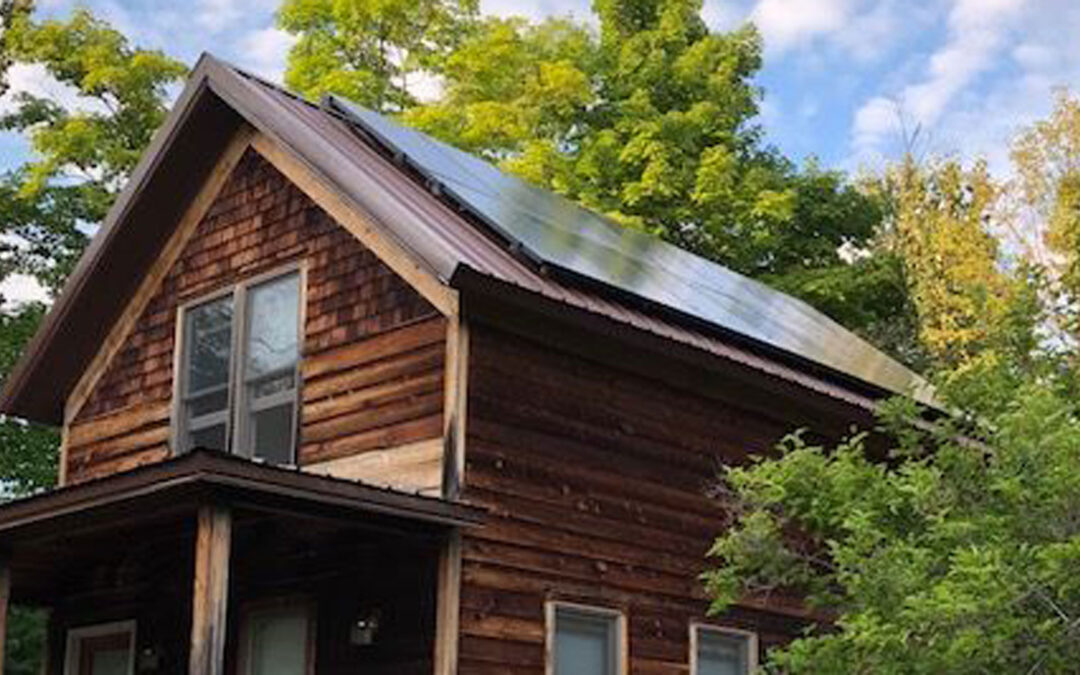
by Andrew Kell | Jul 28, 2021 | Focus on Energy, Policy, PSC Priorities, Public Service Commission
On June 29, 2021, RENEW Wisconsin hosted a webinar titled “Focus on Energy: Economic Impact in Wisconsin.” Dan York from American Council for an Energy Efficient Economy (ACEEE), Scott Blankman from Clean Wisconsin, and Maddie Wazowicz from Midwest Energy Efficiency Alliance (MEEA) provided an overview of the Focus on Energy program. In particular, Wazowicz provided pre-publication results of an upcoming Synapse Energy Economics report analyzing utility bill savings and associated efficiency of business and utility operations that would result from an increase in Focus on Energy’s annual funding.
In his introductory remarks, ACEEE’s York noted that “An analysis conducted a few years ago by the Lawrence Berkeley National Lab found that Focus on Energy was the most cost-effective program serving utility customers in the U.S.” Dan went on to say that according to ACEEE’s own state efficiency scorecard analysis, “while other states have increased their investments and associated spending for customer energy efficiency programs, such funding in Wisconsin has been largely static, locked in by the legislation that created Focus on Energy.” MEEA’s Wazowicz compared Midwestern states’ energy efficiency investments and discussed what an increase of the Focus on Energy budget could mean for Wisconsin.
To understand what additional benefits could be realized from expanding the Focus on Energy program, we can look at results from the upcoming Synapse report. The figure below uses information from a slide presented by Maddie Wazowicz at the webinar and represents pre-publication results from the Synapse study. It shows that doubling the Focus on Energy budget would translate to $20.7 million in annual utility bill savings for Wisconsin utility customers. Of that, $16.95 million in yearly utility bill savings would be realized by Wisconsin businesses if the Focus on Energy budget were doubled! This is what Wisconsin customers would save on top of savings occurring at current Focus on Energy investment levels.
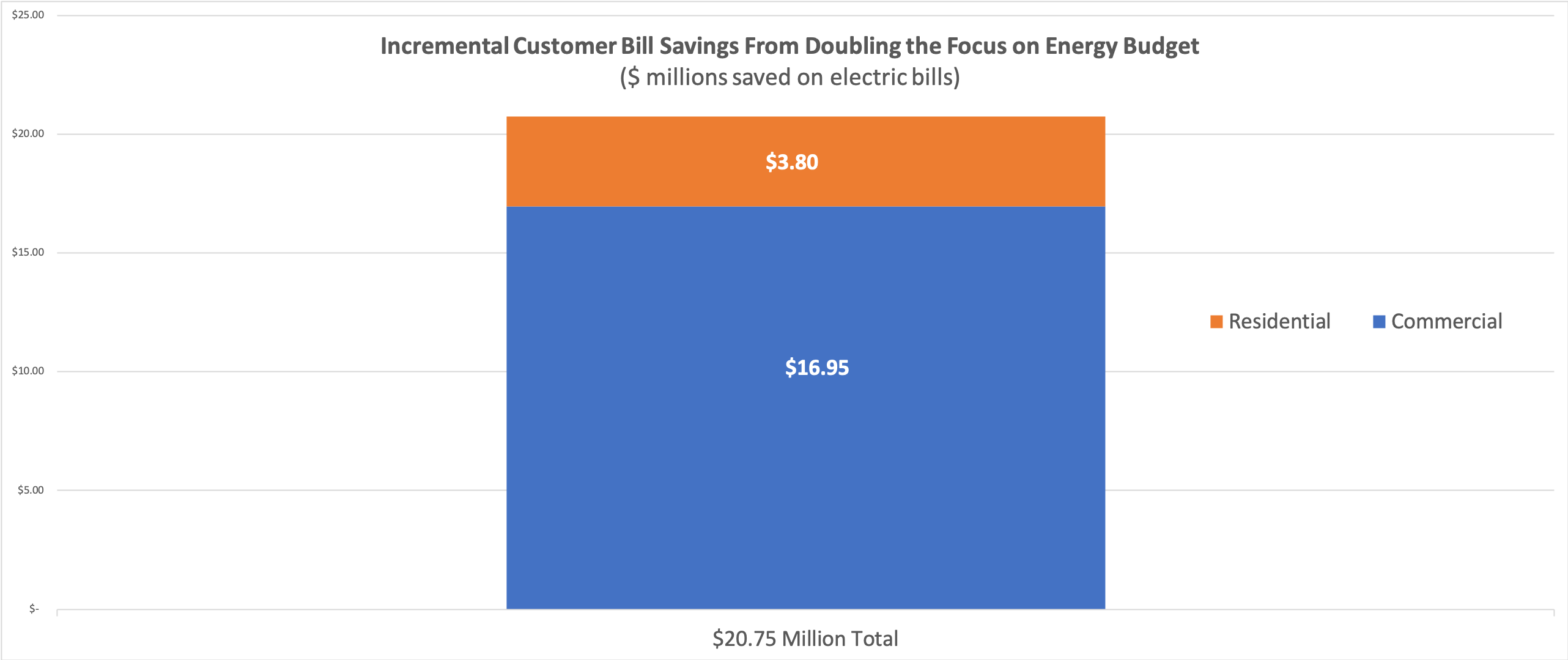
The August Synapse report details avoided utility costs, job creation, economic investment, and reduced air emissions associated with an increase in the Focus on Energy budget. Overall, the report finds that if Wisconsin doubled the Focus on Energy budget the state would receive $340 million dollars in net benefits over one year or $3.4 billion over ten years. Investing in Focus on Energy means a more clean and efficient Wisconsin economy for everyone!
The webinar then transitioned to a discussion of direct economic impacts for Wisconsin business. York moderated a panel of Wisconsin business representatives, who described their experience with the program’s energy efficiency and renewable energy incentives. The panel included Sean Hyland from American Family Insurance, Charles McGinnis from Johnson Controls, Benjamin Reynolds from Reynolds Transfer and Storage, and Tim Ulrich from Cree Lighting.
One of the hot topics of the business panel’s discussion related to data management combined with energy efficiency measures and occupancy sensors. Johnson Control’s McGinnis said that the objective of these combined technologies is to “reduce the amount of energy consumption, for the appropriate amount of occupancy, so that you can optimize the size of renewable energy application to produce green electricity.” Panelists discussed their experience with sustainability programs and performance-based metrics. In combination with his experience with the Focus on Energy program, Benjamin Reynolds described his experience with the Wisconsin Sustainable Business Council and its Green Masters Program. According to Reynolds, the Green Masters Program “is aimed at helping small-to-medium-sized businesses implement sustainability, and figure out ways to improve in energy efficiency, but also improve in waste and other performance metrics.”
Focus on Energy Impact in Wisconsin
This webinar was prompted by calls by supporters to increase funding for Focus on Energy. A RENEW blog post, penned by Michael Vickerman in October of 2020, detailed success stories and energy savings benefits realized by several Wisconsin breweries, such as Capital Brewery in Middleton, WI. That blog post referenced findings of numerous third-party evaluator annual reports on the program. These reports have found that for every dollar invested in Focus on Energy, Wisconsin receives $4 to $5 in economic and environmental benefits. That cost-to-benefit ratio represents a considerable success, as well as a huge opportunity for expansion!
The RENEW blog post also highlighted a recent review of the program by Chair Rebecca Valcq of the Public Service Commission and her request that Governor Evers propose doubling the Focus on Energy budget. Chair Valcq also recently published an op-ed in WISPOLITICS, an online journal, highlighting the economic benefits of Focus on Energy and why an increased investment is needed.
Focus on Energy is currently funded by utilities at about $95 million per year, and funding level changes can only be done through legislation. The Governor followed up on calls to increase Focus on Energy funding by doing just that with his proposed 2021-2023 budget, which RENEW highlighted in a blog post about public listening sessions earlier this year.
This past spring, legislators decided to omit all Governor Evers’ clean energy provisions from its own proposed budget, which unfortunately meant leaving an important economic growth opportunity on the cutting room floor after Governor Evers signed the state budget earlier this July.
Since its inception in 1999, Focus on Energy has fueled a more energy-efficient economy in Wisconsin. The program was created with bipartisan support and can help grow the economy once again with increased funding. Since doubling the Focus on Energy funding was not part of the state budget this year, legislators on both sides of the aisle can prioritize supporting a stand-alone piece of legislation. A clean, growing economy should be something we can all get behind!
For more information, contact Andrew Kell, RENEW Wisconsin’s Policy Analyst, andrew@renewwisconsin.org.
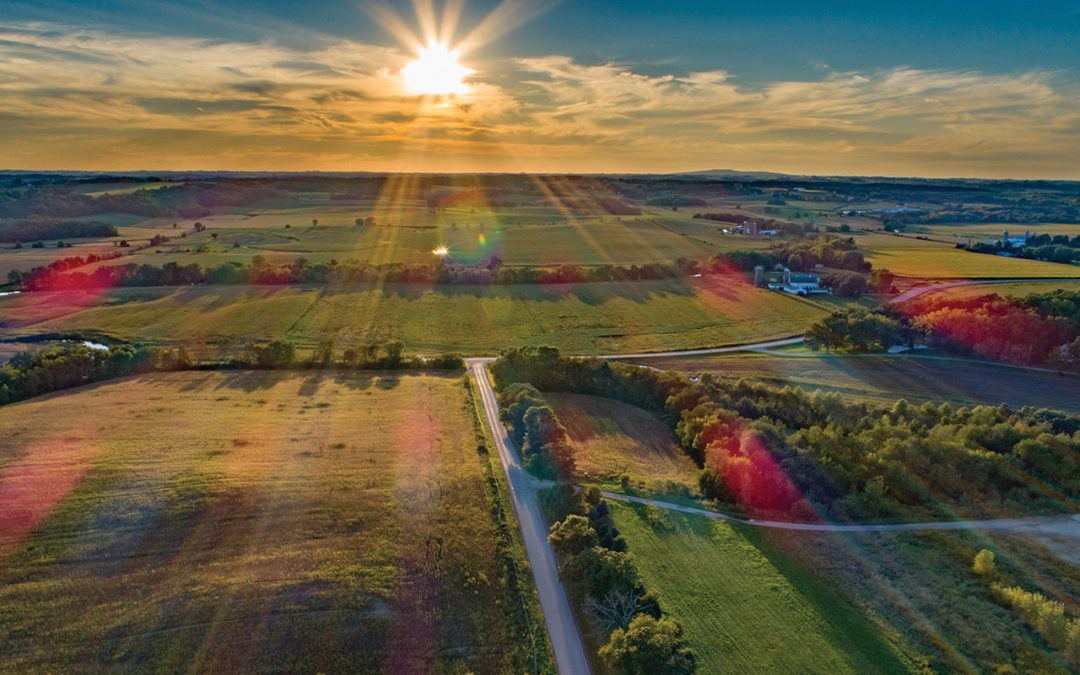
by Heather Allen | Jun 22, 2021 | Action Alert, Advocacy, Energy Storage, PSC Priorities, Public Service Commission, Solar, Utility Scale
The proposed Koshkonong Solar Energy Center would be located in southeast Dane County upstream of the Rock River. The centerpiece would be a 300-megawatt solar power generation facility anticipated to begin producing energy in 2024. Koshkonong Solar will also include a 165-megawatt battery storage component to help bolster grid reliability.
As Wisconsin continues to retire coal-fired power plants it is vital to replace those fossil fuel electricity generators with emission-free renewable energy. For example, the Columbia Energy Center, located just south of Portage, is now slated for a 2024 retirement.
Koshkonong Solar Energy Center needs vocal public support to get approved and help shift Wisconsin to clean energy. Voice your support for local solar energy by submitting a short comment today to the Public Service Commission (PSC) of Wisconsin.
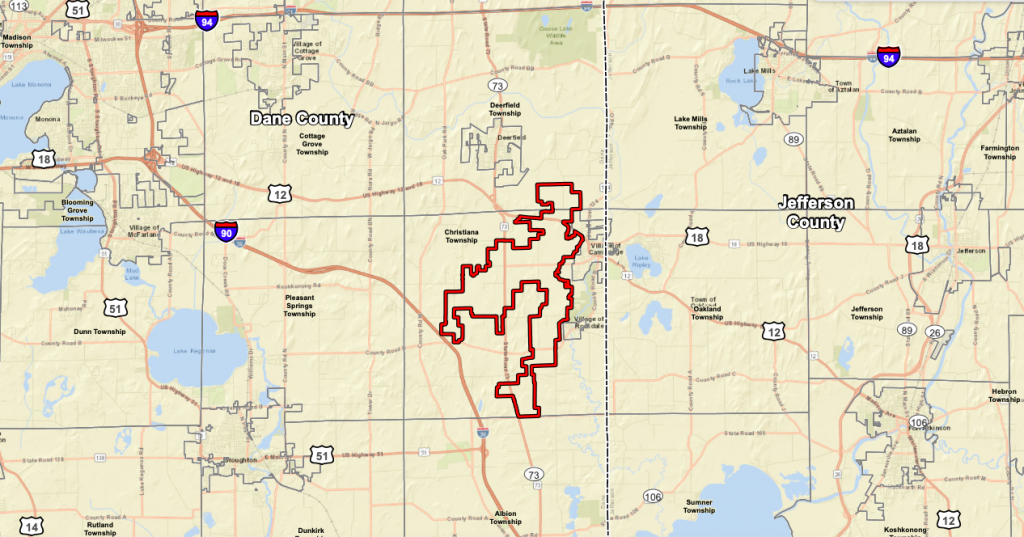
Project to be located in southeast Dane County
Koshkonong Solar would advance the clean energy goals of Dane County, its local municipalities, and residents, and the State of Wisconsin. Koshkonong Solar will generate enough emissions-free electricity to power 60,000 average American homes or just about ¼ of the 240,000 households in Dane County. The project also represents exactly ¼ of the amount of solar capacity Dane County called for in its Climate Action Plan. This single project would also bring an estimated $200 million of investment including lease payments to local landowners and new revenue streams to local governments. Local governments in the project area will receive $1.2 million per year for the life of the project based on Wisconsin’s utility aid fund formula.
The developer for this project is Invenergy, which has successfully permitted other large solar farms in Wisconsin (Badger Hollow, Paris). Koshkonong, like Invenergy’s other projects, is slated to be acquired by Wisconsin utilities, including Madison Gas and Electric.
Air Quality and Carbon Emission Reduction Benefits
Koshkonong Solar will reduce CO2 emissions by between 15 and 20 million tons over its 30-year life, along with reductions in other forms of air pollution such as 12,000 tons of nitrogen oxides (NOx), 12,000 tons of sulfur dioxide (SO2), and 804 tons of particulate matter (PM2.5).
Click here for the Koshkonong Emissions Analysis.
The emissions reductions from the estimated 600,000 megawatt-hours of energy production for the project are equivalent to the carbon sequestered by 7 million tree seedlings grown for 10 years, or the avoided CO2 emissions from 2,345 railcars worth of coal burned. See other comparisons at the EPA greenhouse gas equivalency calculator.
Soil Retention and Water Quality Benefits
Koshkonong Solar will establish deep-rooted prairie vegetation amidst the arrays. This type of vegetation will increase infiltration of the site compared with current agricultural usage by (+2.2%), reduce stormwater runoff (-60% for a 1-year 24-hour rainfall event), nitrogen outflow (-48%), phosphorus outflow (-53%), and Total Suspended Solids outflow (-87%).
These upstream water quality improvements would have a positive impact on downstream environments, and yield material benefits for watershed ecosystems, human health, and recreation. Furthermore, the prairie vegetation will help turn atmospheric carbon into organic carbon, which will be deposited and build up the soil for future agriculture. Koshkonong Solar, like other solar farms, can be returned to agricultural use after the project is completed and equipment is removed, see our solar farm FAQ to learn more.
The Public Service Commission of Wisconsin is currently reviewing the project. We are asking supporters of clean energy, conservation, and climate action to submit comments sharing their support for the project. Your support would be greatly appreciated. Your voice is crucial to move the project forward and advance the clean energy transition in Wisconsin.
Submitting a message of support is easy, simply click on the link below, fill out the form, and click ‘file’. The last day to submit letters of support is July 3rd.
Click here to submit a comment in support of Koshkonong Solar!
Weighing in today will have a tremendous impact on Wisconsin’s ability to transition to clean emission-free renewable energy! Your voice matters!
Interested in learning more?
Find answers to frequently asked questions about solar farms here.
How much agricultural land would it take to power our state with solar energy? RENEW has calculated that it would take less than half a percent of Wisconsin’s total land to supply half our state’s electricity from solar. This is approximately the same amount that is currently in Wisconsin’s Conservation Reserve Program.
RENEW’s factsheet solar and agricultural land use.
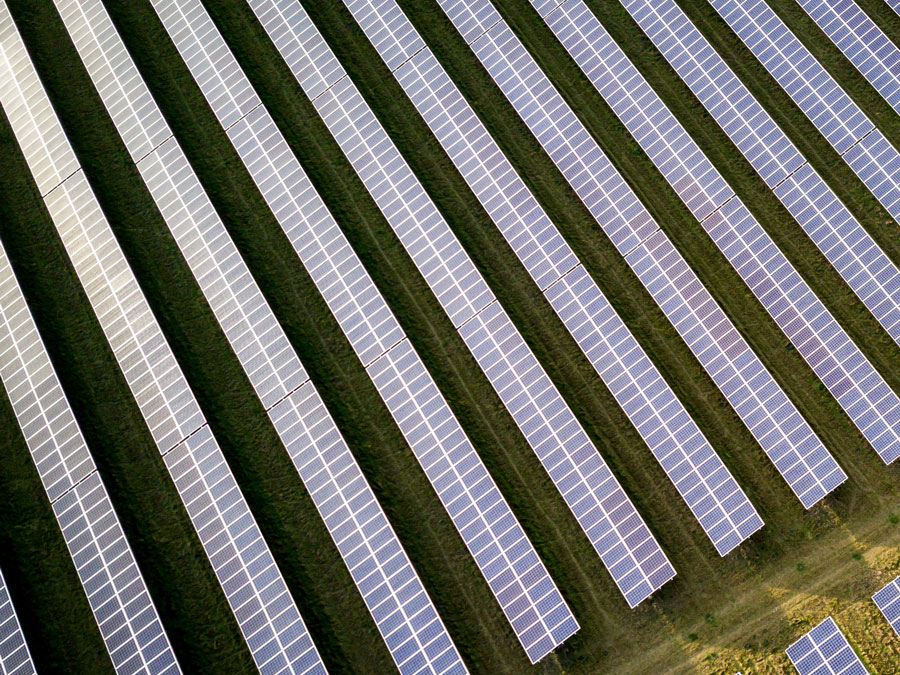
by Michael Vickerman | Apr 22, 2021 | Public Service Commission, Renewables, Solar, Utilities
First round of solar farms to be operational in 2023
The Public Service Commission’s approval today of Alliant Energy’s proposed buildout of new solar power represents the most significant advance yet towards a zero-carbon future in Wisconsin.
With the Commission’s ruling under its belt, Alliant has secured all the necessary permits to set in motion the first wave of a massive solar deployment across Wisconsin. Totaling 675 megawatts (MW), the first six solar farms approved today will take Alliant two-thirds of the way toward its ambitious goal to integrate more than a gigawatt of solar capacity into its base generation portfolio over the next four years. (Note: a gigawatt is 1,000 megawatts).
When this initial wave of projects is fully operational in 2023, roughly 13% of the electricity sold to Alliant customers will come from a solar farm. Indeed, Alliant is on course to own and operate almost one-half of the state’s solar capacity by 2024, a remarkable percentage given that it accounts for only 16% of the state’s electricity sales.
“We salute Alliant for committing to this bold pivot towards zero-carbon power generated in Wisconsin,” said RENEW Wisconsin Executive Director Heather Allen. “We are hopeful the Public Service Commission’s decision will encourage other utilities to go big on solar power.”
Allen said: “Alliant’s substantial investment in clean energy will produce savings that will be passed along to customers over the lifetimes of these projects. But when you factor in the other benefits from solar power–the job creation opportunities, the stream of revenues for host landowners and their communities, and fewer pollutants discharged into our air and groundwater–this build-out is very much in the public interest.”
In March 2021, Alliant submitted an application for authority to build and operate a second wave of solar power, another six farms totaling 414 MW. Approval of that application would increase Alliant’s solar portfolio to 1,089 MW.
“A solar build-out of this magnitude would have been unthinkable five years ago,” Allen said. “Only a handful of utilities then were thinking about replacing their aging coal plants with carbon-free energy sources like solar. But with these two back-to-back solar applications, WPL appears to be off to the races.”
Once operational, the solar farms listed in the tables below would account for more than 20% of Alliant’s electricity sales in Wisconsin. What is more, the output from these 12 solar farms would surpass generation totals now achieved from Wisconsin’s wind power projects.
Alliant Energy solar farms – 6680-CE-182
Approved April 22, 2022 |
| Solar farm |
Location (county) |
Capacity (in MW) |
Year online |
| Crawfish River |
Jefferson |
75 |
2022 |
| Grant County |
Grant |
200 |
2022 |
| North Rock |
Sheboygan |
50 |
2023 |
| Onion River |
Rock |
150 |
2023 |
| Richland County |
Richland |
50 |
2022 |
| Wood County |
Wood |
150 |
2023 |
| Total |
675 |
|
Alliant Energy solar farms – 6680-CE-183
Application filed March 31, 2021 |
| Solar farm |
Location (county) |
Capacity (in MW) |
Year online |
| Albany |
Green |
50 |
2023 |
| Beaver Dam |
Dodge |
50 |
2023 |
| Cassville |
Grant |
50 |
2023 |
| Paddock |
Rock |
65 |
2023 |
| Springfield |
Dodge |
100 |
2022 |
| Wautoma |
Waushara |
99 |
2023 |
| Total |
414 |
|
So why is Alliant working so hard to integrate a gigawatt of solar capacity into its generation mix? The short answer is that the utility has determined that building solar power today is more cost-effective than prolonging the life of its coal units. This realization came after a thorough analysis that compared the adequacy of its existing generating fleet with the operational savings and flexibility Alliant could achieve from a massive solar build-out.
Here’s how Alliant summarized the conclusions of its modeling work to justify its latest application.
“Based on this result, {Alliant} developed its Clean Energy Blueprint resource plan, its preferred plan to benefit customers, which includes: retiring the Edgewater 5 generating unit by the end of 2022; retiring Columbia 1 and Columbia 2 by the end of 2023 and 2024, respectively; serving customers with capacity and energy from 1,089 MW of new utility-scale solar generation installed in Wisconsin by the end of 2023, and installing distributed solar and battery storage resources in the communities {Alliant} serves.
The PSC is expected to rule on its second application in early 2022.
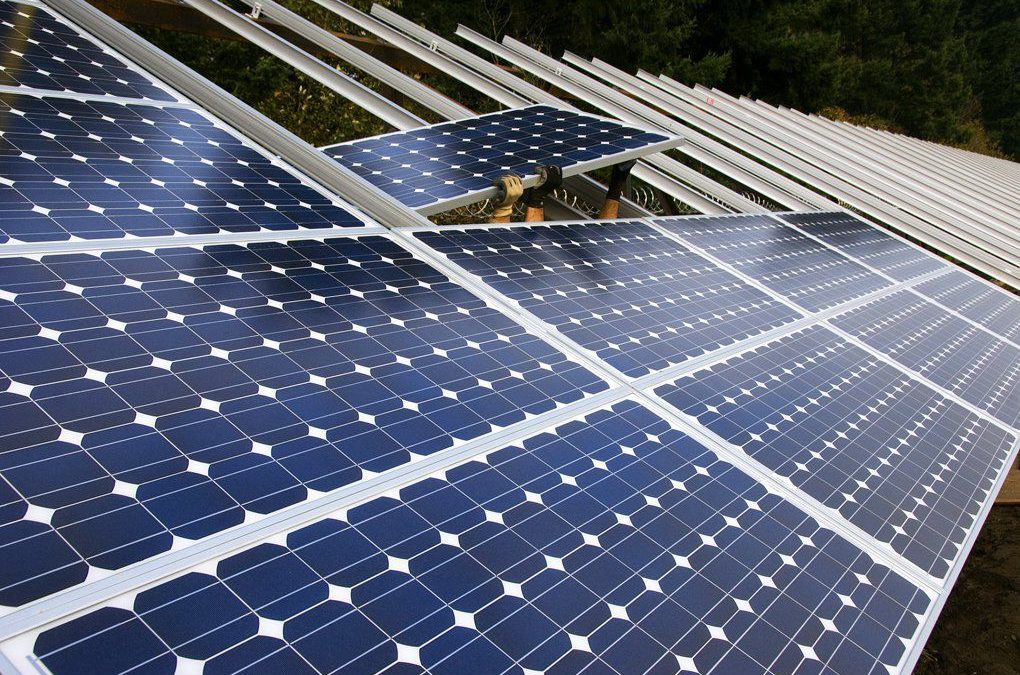
by Michael Vickerman | Mar 16, 2021 | Policy, PSC Priorities, Public Service Commission, RENEW Wisconsin, Renewables, Solar, Utilities
After simmering on the proverbial back burner for nearly two years, the third-party financing issue relating to customer-sited solar power has been thrust back into the public spotlight as pressure builds to resolve the legal questions surrounding it.
The reemergence of this issue can be traced to two parallel developments. The first is a Public Service Commission (PSC) proceeding moving toward a ruling settling the legality of third-party-owned solar systems serving individual retail customers. The second is a lawsuit recently filed by the Midwest Renewable Energy Association in Portage County Circuit Court, challenging the PSC’s authority to regulate the financing of behind-the-meter systems that serve host customers only.
The PSC proceeding began in March 2019 when Eagle Point Solar, a Dubuque-based solar contractor, filed a complaint against We Energies for blocking the installation of rooftop arrays serving the City of Milwaukee. In its complaint, Eagle Point contends that PSC Chapter 119, which regulates the interaction between small-scale electricity producers and the utility grid, does not give We Energies the right to deny interconnection to a customer based on how the generating equipment is financed. According to We Energies, however, a third party owner of the equipment that supplies electricity to one customer under contract should be regulated as a public utility.
Following an extended period of legal maneuvering, the PSC set in motion a process for investigating Eagle Point’s complaint (Docket 9300-DR-104). In so doing, it expanded the scope of the proceeding to consider the public utility question that led to the interconnection denial. When the parties finished entering evidence into the hearing record, the PSC opened a public comment window on the proceeding, which ended on February 23rd.
Supporters of third-party financing sprang into action, led by RENEW. To illustrate the breadth and depth of support for opening up the solar market in this fashion, RENEW circulated an action alert encouraging those who care about this issue to submit comments supporting Eagle Point’s position. Networks such as Wisconsin Climate Table, Wisconsin Health Practitioners for Climate Action, and our own solar contractor e-mail list helped circulate RENEW’s alert beyond our own activist base. At the same time, organizations such as 350 Madison and Environmental Law and Policy Center (ELPC) asked their activists and members to post comments on the PSC website.
As a result of our combined efforts, a total of 336 individuals and organizations weighed with their views on the Eagle Point matter. Of that, 327 comments expressed support for opening the market to allow third-party ownership of solar electric systems in Wisconsin. In that overwhelming display of support, several themes prevailed, including the following:
- Third-party financing is already expressly authorized in 28 states;
- Allowing third-party-owned solar systems is consistent with Wisconsin case law;
- The threat of being regulated as a public utility discourages businesses from providing solar power generated onsite to retail customers through leases and sale agreements;
- Third-party financing would make solar power affordable to low-to-moderate income households and nonprofit entities such as schools;
- Expanding solar financing options would help communities reduce their reliance on harmful fossil energy sources; and
- Expanding solar financing options would invigorate local economies.
These arguments track closely to those articulated by Wisconsin solar contractors and consultants in a March 2019 filing urging the Commission to approve Eagle Point’s petition. Similar to our efforts during the comment period, RENEW shaped the themes in that statement and pulled together a coalition of market actors to demonstrate support for third-party financed solar energy. In the intervening two years, Eagle Point Solar and the City of Milwaukee labored to amass a set of facts and legal arguments to support a finding that WEPCO’s action was unlawful.
The merits of this case are clear-cut, as are the regulatory remedies. Other states that regulate electric utilities have taken steps to affirm the legality of third-party-financed solar, most notably Iowa, which did so in 2014, the result of a long and expensive legal fight waged by Eagle Point. In contrast to Iowa, the State of Wisconsin has allowed this issue to languish for many years without resolution.
But with the filing of briefs from parties on March 10th, the Eagle Point proceeding has finally reached the home stretch. The strong outpouring of public support for third-party financed solar tells us that a policy call from the PSC is long overdue.
In a brief representing RENEW and other solar advocates, we urged the PSC to take the following actions:
- Order WEPCO to interconnect the City of Milwaukee solar projects, regardless of how those projects are financed;
- Clarify that a utility may not deny interconnection based on project ownership, and
- Clarify that third-party owners of customer-sited distributed generation are not “public utilities” under Wisconsin law.
RENEW would like to thank Eagle Point Solar and the City of Milwaukee for leading this crucially important regulatory battle, ELPC for drafting a particularly persuasive legal brief on behalf of clean energy advocates, and the 327 commenters who affirmed their desire for an expanded solar marketplace free of utility interference.
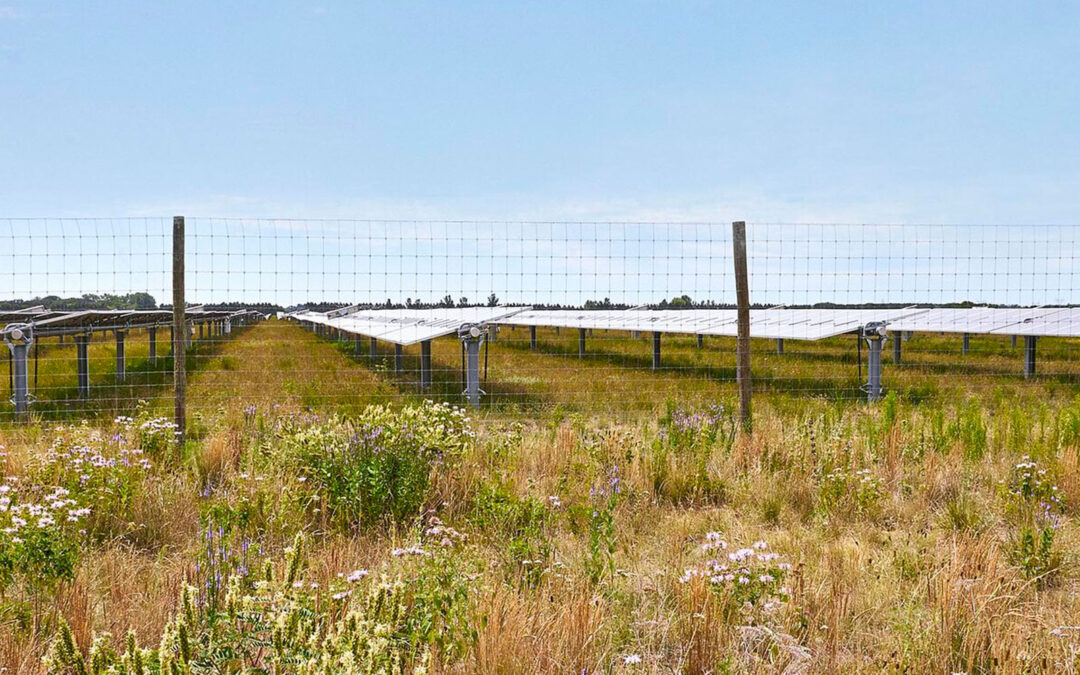
by Heather Allen | Mar 8, 2021 | Health, Local Government, Public Service Commission, Renewables, Solar, Utility Scale
Onion River Solar is a proposed 150-megawatt solar generating facility to be located in southern Sheboygan County that will feature a prairie and pollinator environment. Ranger Power is developing the project and others in the state, including Badger State Solar and Crawfish River Solar, in Jefferson County, and Western Mustang Solar in northwest Wisconsin.
Photos from the North Star Solar project in North Branch, Minnesota, illustrate the type of pollinator and prairie habitat that will accompany Onion River. While grazing is not yet part of the Onion River project, the North Star Solar photos demonstrate the potential to graze livestock between solar panel rows, an exciting opportunity for solar in Wisconsin.
The Onion River Solar project will produce clean, cost-effective electric energy for Alliant Energy customers, provide a diversified income source for local farmers, and generate significant tax revenues for the town and county. This project can improve environmental outcomes ranging from reduced air emissions, reduced chemical use on local farmland, increased grassland and pollinator habitat and improved downstream water quality in parts of the Onion River watershed.
Onion River Solar is anticipated to avoid the generation of over 400 million pounds of CO2 per year. For more information on solar farms’ potential to reduce air emissions, you can see RENEW’s analysis of the 250 MW Darien Solar Farm’s health benefits.
The solar farm is expected to generate $250,000 per year in new revenue to the Town of Holland and $350,000 per year to Sheboygan County. Local governments can use these funds to meet pressing local budget priorities.
Onion River Solar represents a significant step forward to build Wisconsin’s renewable energy capacity and to shift away from fossil fuels.
The Public Service Commission is accepting comments on this project which must be received no later than Tuesday, March 16, 2021.
Additional project information, including a map, are available at www.OnionRiverSolar.com. If you have questions, please contact the project at (888) 898-8878 or info-wisconsin@rangerpower.com.







